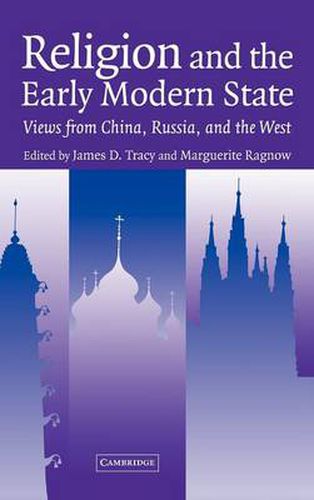Readings Newsletter
Become a Readings Member to make your shopping experience even easier.
Sign in or sign up for free!
You’re not far away from qualifying for FREE standard shipping within Australia
You’ve qualified for FREE standard shipping within Australia
The cart is loading…






How did state power impinge on the religion of the ordinary person? This perennial issue has been sharpened as historians uncover the process of ‘confessionalization’ or ‘acculturation’, by which officials of state and church collaborated in ambitious programs of Protestant or Catholic reform, intended to change the religious consciousness and the behaviour of ordinary men and women. In the belief that specialists in one area of the globe can learn from the questions posed by colleagues working in the same period in other regions, this volume sets the topic in a wider framework. Thirteen essays, grouped in themes affording parallel views of England and Europe, Tsarist Russia, and Ming China, show a spectrum of possibilities for what early modern governments tried to achieve by regulating religious life, and for how religious communities evolved in new directions, either in keeping with or in spite of official injunctions.
$9.00 standard shipping within Australia
FREE standard shipping within Australia for orders over $100.00
Express & International shipping calculated at checkout
How did state power impinge on the religion of the ordinary person? This perennial issue has been sharpened as historians uncover the process of ‘confessionalization’ or ‘acculturation’, by which officials of state and church collaborated in ambitious programs of Protestant or Catholic reform, intended to change the religious consciousness and the behaviour of ordinary men and women. In the belief that specialists in one area of the globe can learn from the questions posed by colleagues working in the same period in other regions, this volume sets the topic in a wider framework. Thirteen essays, grouped in themes affording parallel views of England and Europe, Tsarist Russia, and Ming China, show a spectrum of possibilities for what early modern governments tried to achieve by regulating religious life, and for how religious communities evolved in new directions, either in keeping with or in spite of official injunctions.